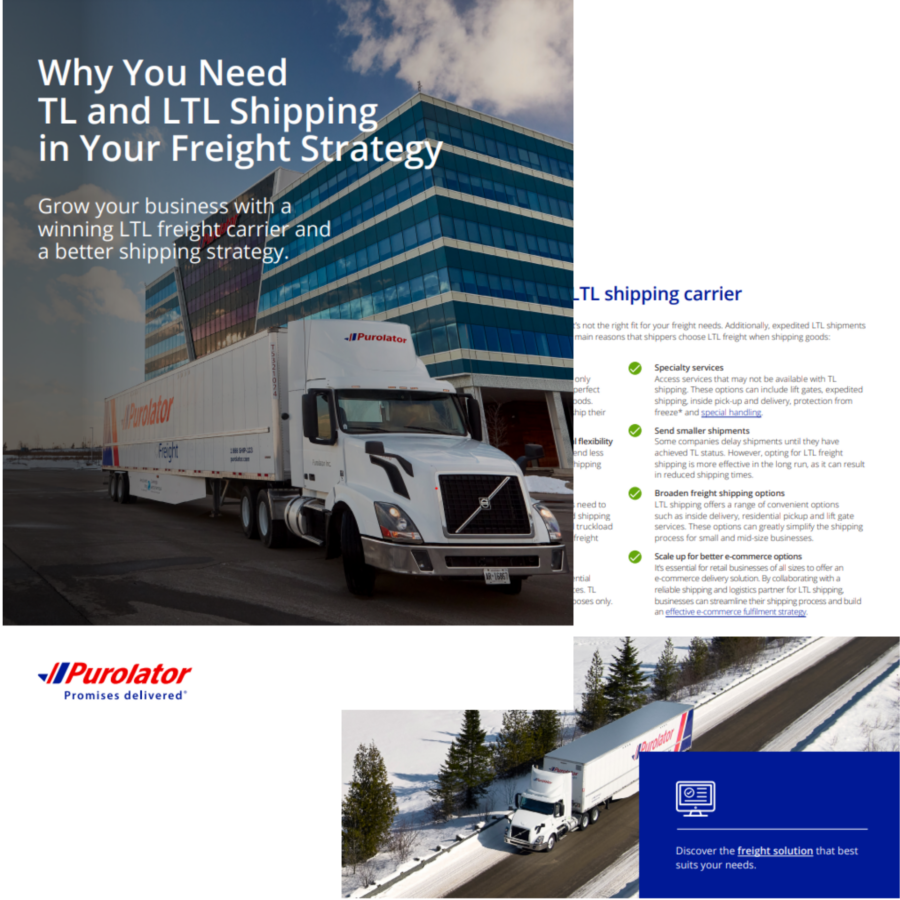Updated: April 18, 2023
Less-than-truckload (LTL) shipping continues to rise in popularity, largely driven by the rapid growth of e-commerce. Today, with increased online competition and a hardline focus on customer service, businesses are more pressed than ever to find freight supply chain efficiencies. Shipping can be a large part of the solution.
If your freight shipments aren’t large enough to fill the full capacity of a truck, then less-than-truckload shipping might be a better fit for your goods. LTL is a flexible freight option that doesn’t compromise on customer experience. It can feel like a big risk to stray from tried-and-true shipping options, but by understanding the opportunities of LTL shipping and what to look for in a shipping partner, you’ll be well-positioned to accurately assess if it’s right for your business.
In this ebook, we’ll cover:
- LTL vs TL: What’s the difference?
- How an LTL freight carrier can benefit your business
- Common LTL freight shipping terminology
- LTL shipping: Key trends on the rise
- Roadmap: Finding the right shipping method for your business
- Reverse logistics: Streamline your freight supply chain
- What to look for in your shipping provider

